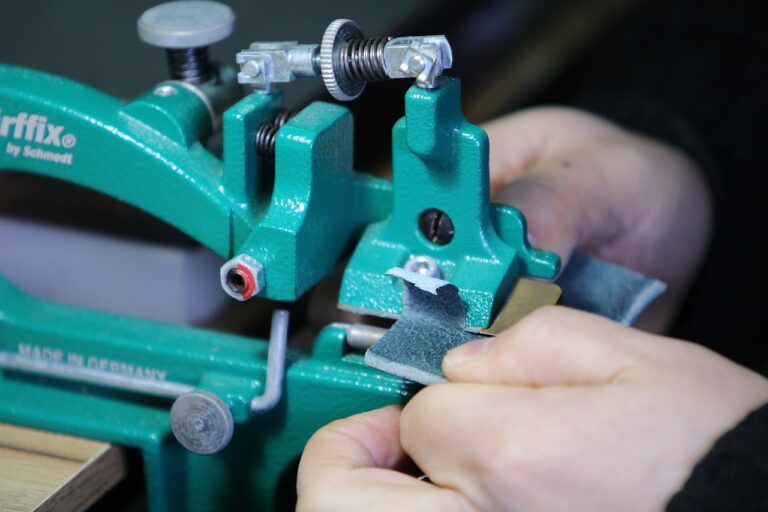Strategies for Promoting Culturally Inclusive Physical Education Curriculum
Incorporating diverse perspectives is essential in developing a culturally inclusive physical education curriculum. This involves integrating content that reflects a variety of cultures, traditions, and beliefs to create a welcoming and inclusive environment for all students. By offering diverse examples, activities, and resources, educators can encourage students to appreciate and respect different cultural backgrounds within the physical education setting.
Another key component is promoting cultural competence among both students and teachers. This includes providing professional development opportunities for educators to enhance their understanding of cultural diversity and how it impacts teaching and learning in physical education. Encouraging students to engage in respectful discussions, share their diverse experiences, and collaborate on projects that highlight cultural diversity can help foster a sense of inclusivity and appreciation for individual differences within the physical education curriculum.
Understanding Diversity in Physical Education
Diversity in physical education encompasses a broad spectrum of differences among students, including but not limited to race, ethnicity, gender, socioeconomic status, ability, and cultural backgrounds. Recognizing and embracing this diversity is crucial in creating an inclusive and welcoming environment where all students feel valued and respected. By acknowledging and celebrating the uniqueness of each individual, physical education teachers can foster a sense of belonging and promote positive experiences for every student.
Incorporating diverse perspectives and experiences into physical education curriculum not only enhances learning opportunities but also prepares students for a globalized society. By integrating a variety of cultural practices, games, and activities, educators can help students develop a deeper understanding and appreciation for different cultures. This exposure not only promotes cultural competency and empathy but also encourages collaboration and teamwork among students from diverse backgrounds, building a foundation for lifelong respect and acceptance.
Why is it important to have a culturally inclusive physical education curriculum?
It is important to have a culturally inclusive physical education curriculum to ensure that all students feel valued and included in the learning environment. By incorporating diverse perspectives and experiences, students can learn from each other and develop a greater understanding and appreciation for different cultures.
How can physical education teachers promote diversity in their curriculum?
Physical education teachers can promote diversity in their curriculum by incorporating activities, games, and lessons that reflect the cultural backgrounds of their students. They can also create a welcoming and inclusive classroom environment where all students feel respected and supported.
What are some examples of culturally inclusive physical education activities?
Some examples of culturally inclusive physical education activities include traditional dances from different cultures, modified sports games that incorporate diverse skill sets, and discussions about the importance of physical activity in various cultural traditions.
How can physical education teachers address cultural stereotypes in their curriculum?
Physical education teachers can address cultural stereotypes in their curriculum by challenging assumptions and biases, promoting positive representations of different cultures, and creating opportunities for students to share their own experiences and perspectives.
How can physical education teachers support students from diverse backgrounds in the classroom?
Physical education teachers can support students from diverse backgrounds in the classroom by creating a safe and inclusive learning environment, providing opportunities for students to share their cultural experiences, and adapting lessons to meet the needs and interests of all students.





